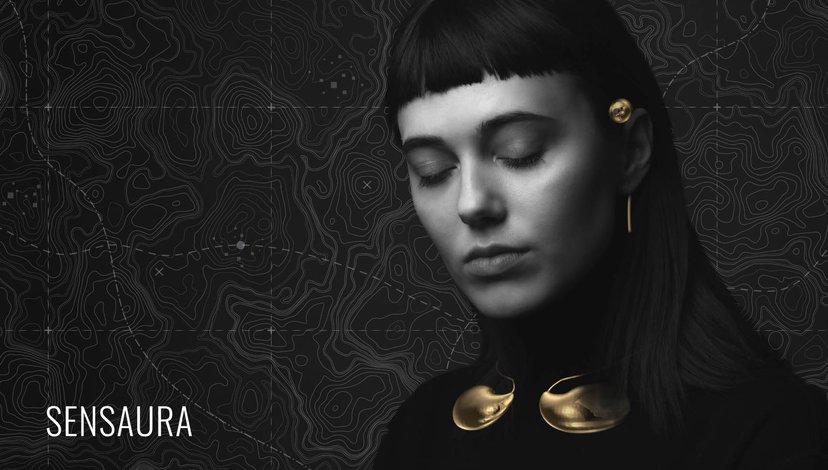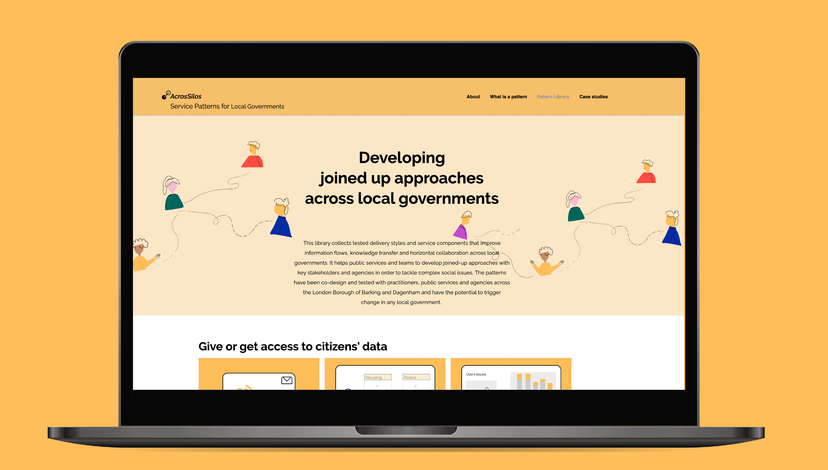Helen Hamlyn Design Awards 2020: Winning Projects and Shortlist
Jump to
The annual Helen Hamlyn Design Awards recognise the best RCA postgraduate student projects that use design to improve people’s lives.
Five Royal College of Art graduate projects have been selected as winners of the 2020 Helen Hamlyn Design Awards. Each project applies design to improve people’s lives and demonstrates the impact people-centred approaches can have across disciplines at the RCA.
The awards were presented to the students on Monday, 12 October at an online awards ceremony as part of the event that launched the Design.Different Week organised by The Helen Hamlyn Centre for Design. Fourteen projects were shortlisted in the 2020 Awards with the five winners chosen from across the themes of disability, diversity, inclusion, technology and creativity, with a total prize money of £8,000.
The main award categories were sponsored by Snowdon Trust and TATA Consultancy Services (TCS). Helen Hamlyn, founder of the Helen Hamlyn Trust, gave two personal awards for creativity.
There was also a Fixperts Award which was one by two winning teams: one from Brunel University, England and a team from Holon Institute of Technology, Israel.
The Alumni Awards are awarded to previous Research Associates of the Centre in recognition of their ongoing work in inclusive and people-centre design. Yusuf Muhammad, Director of Plumis and designer on BBC2’s Big Life Fix was awarded the Alumni Award for Social Impact. Megumi Fujikawa, Design Lead, Design Strategy Office, Panasonic was awarded the Alumni Award for Business Impact.
TATA Consultancy Services (TCS) Award for Digital Inclusion

Awarded a prize of £2,000.
StaticType
Finlay Duncan, MA/MSc Innovation Design Engineering
StaticType is a new typing system for users with physical disabilities. Finlay started looking at this area after seeing the difficulties experienced whilst typing and the lack of options available. The project places a strong emphasis on adaptive design, ensuring the system adapts to the user, and not the other way around. Using a typing style currently constrained to smartphones along with a paired device, StaticType offers improvements in both typing speed and comfort. Early user testing has shown good results, being quick to pick up and enabling typing up to five times faster.
Snowdon Award
Due to this year’s exceptional circumstances, the Snowdon Trust have generously chosen to award two Snowdon Awards, both with a prize of £1,500.

Shir
Neloufar Taheri, MA/MSc Innovation Design Engineering
Shir is a frugal device designed for mothers in refugee camps that have lost the ability to lactate. One Shir pouch is equivalent to one daily feed, each pouch contains clean drinking water, dried human milk, and a re-lactation aid. Shir utilises freeze-dried technology to dehydrate human donor milk that would otherwise be thrown out and turns it into a powder that can be delivered to mothers in refugee camps. The re-lactation aid helps mothers regain their own breast milk while ensuring their infants are receiving the nutrition they require throughout their transition.

Democratising Healthcare
Lwanga Mayola Tikaka, MA Architecture
The project investigates the emergence of the use of data in South Africa’s healthcare system. The research undertook aims to frame the legacy of apartheid town planning, its political and social implications on access to healthcare, and subsequently propose an intervention that allows for alternative medicinal practices. Through the use of AR, the project posits traditional practitioners who have been excluded in South Africa’s healthcare system to contribute to Universal Healthcare. The architecture aims to manage their production and build knowledge regarding their inventory – which in turn is shared amongst them (patients, western and traditional practitioners).
Helen Hamlyn Award for Creativity
This award is chosen personally by Lady Hamlyn from across the shortlisted projects. This year, Lady Hamlyn and the Trust chose two outstanding projects, each receiving a £1,500 prize.

Sensaura
Sophie Horrocks, MA/MSc Global Innovation Design
How can we navigate the world without sight? Sensaura is an inclusive design solution to how blind and partially sighted people can navigate the world beyond vision. The wearable design proposes an integrated solution to enable detection, processing and feedback of environmental information needed for navigation. This allows independent, hands-free travel of indoor and outdoor spaces for blind and partially sighted people.
Sensaura’s combined sensors translate visual information into a multi-sensory augmented reality experience of spatial audio and tactile feedback. The wearable could work independently or connect to a wider network of beacons in the environment when GPS is unavailable.

AcrosSilos
Emilia D’Orazio and Saumya Singhal, MA Service Design
Enabling joined-up approaches within local governments through a set of tested tools and guidance that improve digital information flow and communication between public services, practitioners and local authorities. AcrosSilos is a library that collates service patterns which were co-designed and are being piloted in the London Borough of Barking and Dagenham. The patterns are being used by the council, and have the potential to trigger change in any local authority. They have been co-designed and tested in the borough, resulting in targeted interventions that improve collaboration across the council and services to prevent child neglect.








